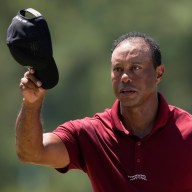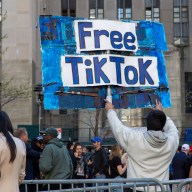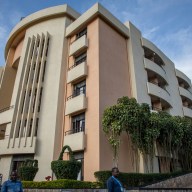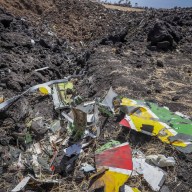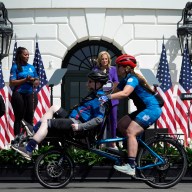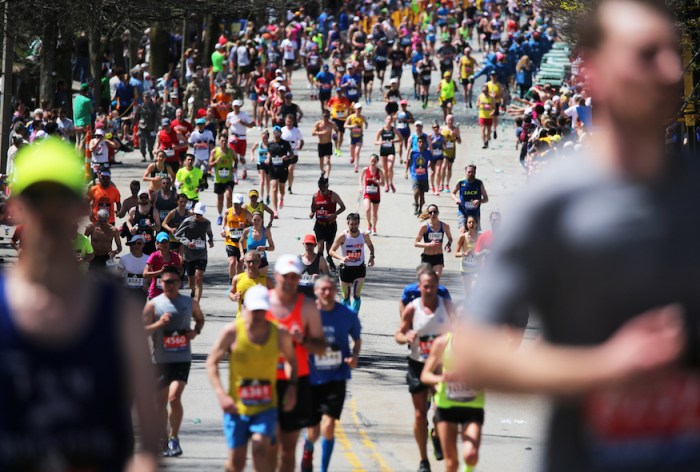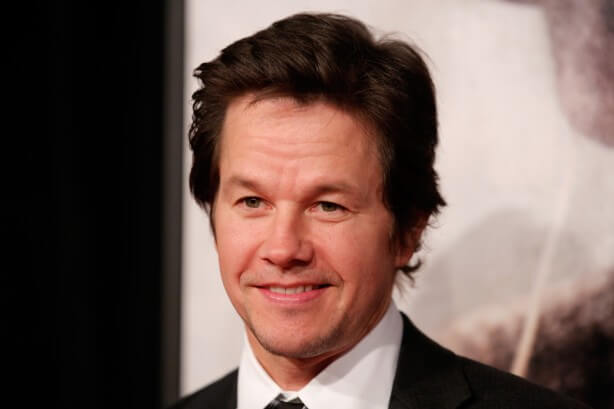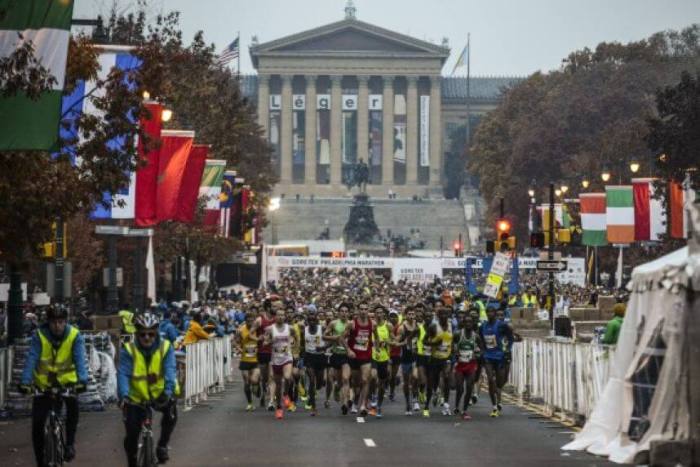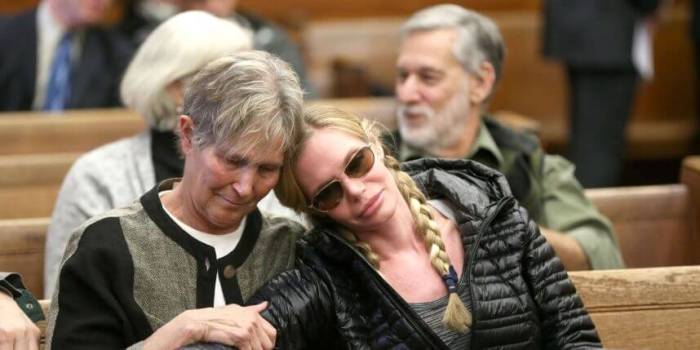As Dave Fortier was running the 2013 Boston Marathon, he thought it would be the only time he would tackle those 26.2 miles. He wasn’t planning on running Boston ever again — and then the bombs exploded. Now, he’s gearing up for his fifth Boston Marathon, but change for the city is once again on the horizon, literally, as the fate of the Citgo sign hangs in the balance.
Running Boston without being able to see the sign would change the entire the marathon experience for him, Fortier said.
“I’ve got certain landmarks I look for to get myself back to Boston,” he said. “That sign is the biggest to me because it says I’m back. … It’s like I’m home.”
The Citgo sign has loomed above Kenmore Square since 1965. The blinking beacon has become synonymous with the city, but recently the building it sits atop, 660 Beacon Street, was sold by Boston University to New York real estate company Related. Related and Citgo are in the process of negotiating how much Citgo should pay in rent for its prime rooftop real estate. The lease is set to expire March 31, less than three weeks before the Boston Marathon. Fortier isn’t the only one who wants to save the sign. The Boston Preservation Alliance launched a Change.org petition months ago to get the sign landmark status — it has more than 10,000 signatures — and Mayor Marty Walsh recently said that he would support that designation, if Citgo and Related can reach an agreement. “We remain in active, good-faith negotiations with Citgo and have offered them a long-term lease at significant discount to market, as determined by an independent, third-party appraisal,” said a spokesperson from Related. Though many in Boston would hate to see the Citgo sign go, Fortier wants people to know what it means specifically for runners, as a physical symbol of how far there is to go before the finish line and a harbinger of how far the city has come since the bombings. Citgo was paying $250,000 to Boston University for the space. Related is seeking nearly ten times that amount, according to a report in the Boston Globe. The mayor has agreed with Related that the $250,000 rate is far below the market rate for the sign’s location. Fortier was on Boylston street when the two bombs went off. He remembers a flash and the sudden heat — he suffered hearing loss in one ear and a shrapnel injury to his foot.
Fortier also remembers noticing the Citgo sign as he approached Kenmore Square, a marker of the one mile left he had to push through.
Fortier didn’t realize how common this personal connection with the sign was for runners, until he co-founded Team 415 Strong, a running group for bombing survivors.
Many of those injured in the blasts were bystanders, not runners, and have migrated toward running as part of their healing process, Fortier said. Some of those survivors aren’t yet ready to run a full marathon, but when they go on runs with the team, they still notice the sign. “They say the same thing…it’s a beacon,” Fortier said. The team often ends their group runs at the Adidas Run Base on Boylston, not far from the real finish line. On those runs, he said, “You don’t have the cheering crowd to motivate you, but you do have the sign.”





